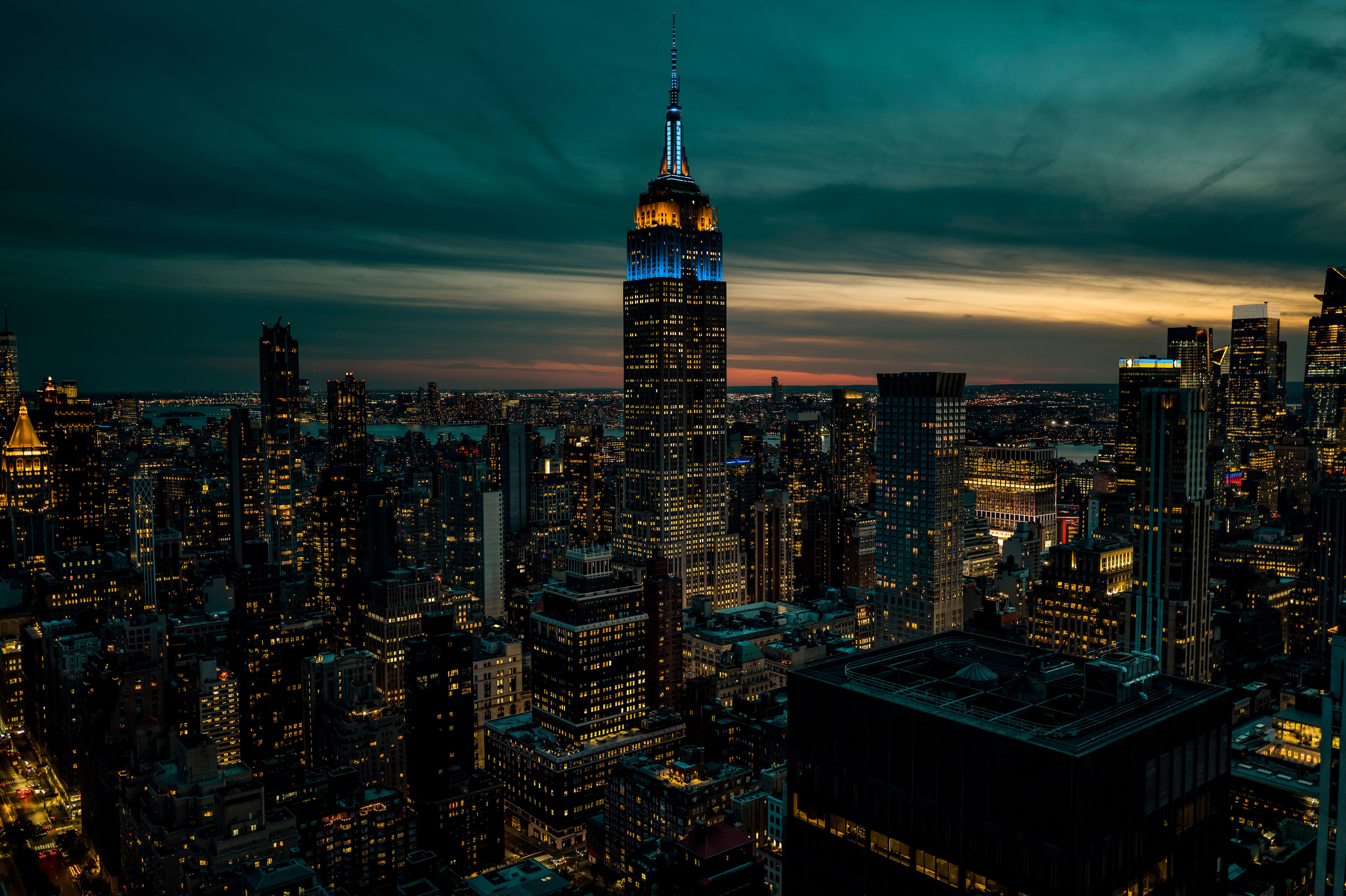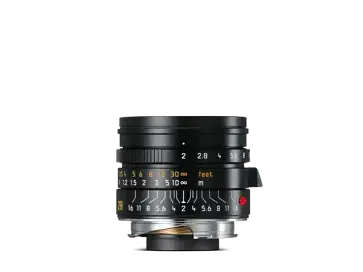
Cameras for Architecture Photography
Architecture photography is about more than just bricks and mortar. It represents both an artistic and technical ability to reveal the beauty of a building. To capture the character of an edifice requires a eye trained for shapes and structures. Since the beginnings of photography, the works of Masters such as Julius Shulman and Hélène Binet have left a lasting impression on architecture photography.
Leica cameras are known for their great capacity to harness the interplay between light and shadow, which is of great advantage when conveying the essence of architecture. Their first-class lenses ensure that everything, from the tiniest detail to the monumental presence of a building, finds its place in impressive images. The Leica SL3, the Leica Q3 and the Leica D-Lux 8 are good examples of cameras suitable to this genre, as they all deliver razor-sharp pictures with outstanding colour reproduction. The SL3 and Q3 offer a particularly high resolution, while the compact D-Lux 8 has additional flexibility and mobility, which are ideal for photos taken in urban settings.

Lines, shapes, perspective: architecture photography brings together central elements of geometry.
Architecture photography requires a deep understanding of the principles of design. Photographers should be able to capture the lines, shapes and symmetry of a building, in such a manner that all the elements in the picture are harmonious and aesthetically pleasing. The right perspective plays a decisive role in this regard. A well-composed image draws the viewer's eye, while emphasising the architectural features of a building to optimal effect. Rules of design, such as the rule of three or the golden ratio, have proven to be useful tools for producing a well-balanced picture.
The time of day and weather conditions should also be considered, as they can strongly influence the outcome. For example, a harsh midday sun will emphasise corners and structures, while the diffused light of an overcast sky will ensure a more even visual result. Consequently, architecture photographers must plan well to reach the desired effect. With the necessary preparation and a patient eye behind the viewfinder, there is nothing to hinder the creation of a perfect photograph.
How photographers use Leica products
Let our videos inspire you

















